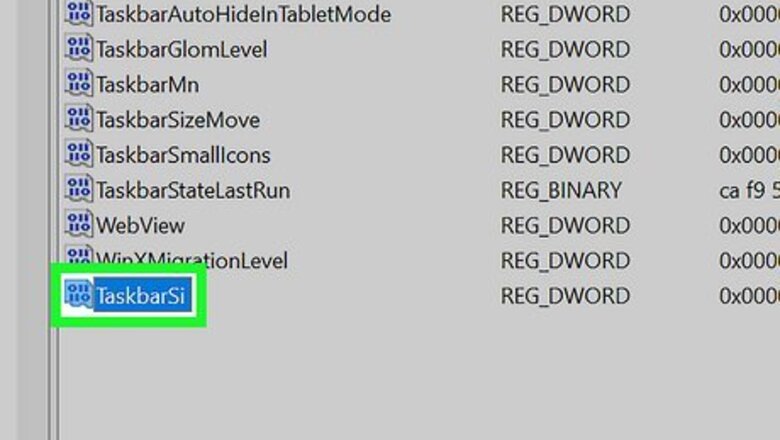
views
Using Windows 11
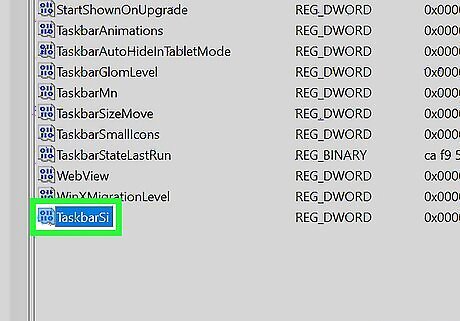
Currently, there is no way to change the size of the Windows 11 taskbar. While there was once a registry hack that made it easy to adjust the taskbar size, that hack was fixed in a recent Windows Update. Fortunately, Microsoft is making changes to the Windows 11 taskbar to restore many Windows 10 taskbar features. Upcoming updates will reportedly restore the ability to ungroup taskbar apps and add labels to taskbar icons. While there's no official word that the next update will include taskbar resizing, there's a pretty good chance this feature will appear in a future update. If you're a power-user who doesn't want to wait until new features are released for all users, consider joining Microsoft's Insider Program. Becoming an Insider allows you to test the newest Windows features while they're still in development.
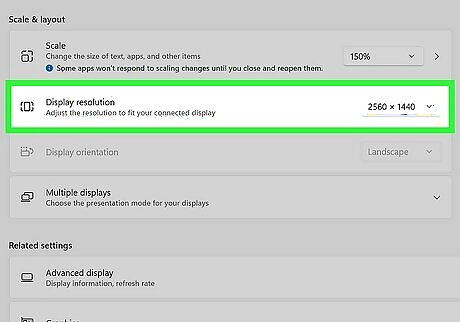
You may consider adjusting the screen resolution and scale. Changing your resolution and scale will resize everything on the screen, not just your taskbar, so this workaround won't be right for everyone. But if you find a resolution that makes the taskbar the desired size but makes the text hard to read, you can adjust the text size independently in your Scale settings. To change your resolution, go to Settings > System > Display, then select an option under "Display Resolution." The higher the resolution, the smaller the objects on your screen. Just keep in mind that your video card and monitor might not be able to handle all resolution options in the list—the "Recommended" option is usually the best option for your screen. If you find a resolution you like but want to make the text larger or smaller, select Scale above "Display resolution," click Text size, and drag the slider to increase or decrease the font size. For example, if you set the resolution to 3072 x 1920 and it makes the text too small to read, you can increase the text size to make text larger.
Using Windows 10 and Earlier
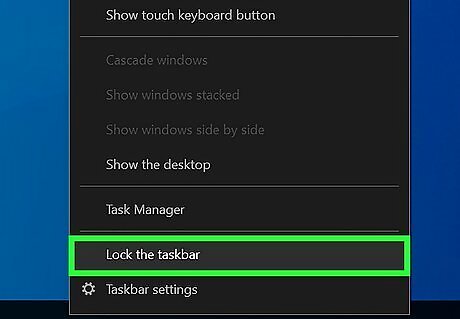
Unlock the taskbar. To alter the size of your Windows desktop taskbar, make sure that the taskbar is not locked. To see whether or not it is locked, right-click any empty space on the taskbar, and check there is no checkmark next to 'Lock the taskbar'. If there is, click 'Lock the taskbar' once to unlock it.
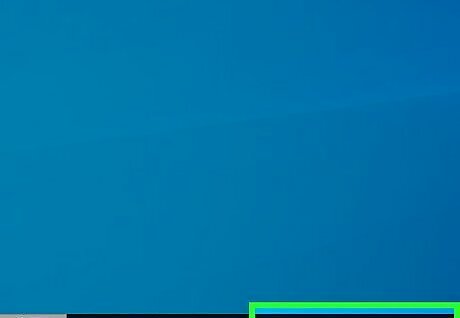
Place the mouse cursor on the line at the top of the taskbar. The pointer will turn into a two-headed arrow.
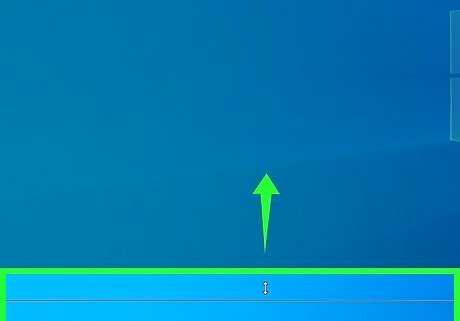
Click and drag the taskbar's edge up. This will increase the size of the taskbar. Alternatively, drag the taskbar's edge down to make is smaller.
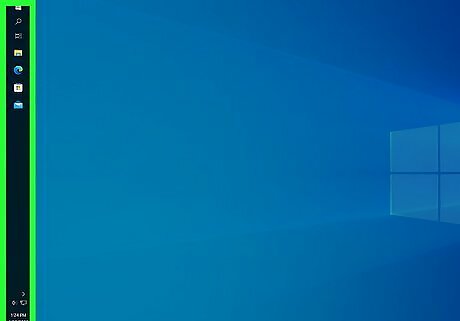
Reposition the taskbar. You can reposition the taskbar to the right, left, or top of the screen. Simply click and drag the taskbar to the top, left, or right side of the screen. This can be useful when the taskbar is blocking something at the bottom of the screen. You can temporarily move the taskbar out of the way.
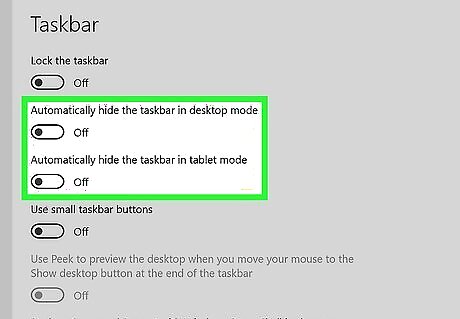
Turn off Auto-hide. Your computer may sometimes automatically hide the taskbar from view. If this is an annoyance to you, use the following steps to turn off auto-hide: Right-click any empty space in the taskbar. Click Taskbar settings (Properties on Windows 7 & 8) at the bottom of the pop-up menu. Click the toggle switch next to "Automatically hide the taskbar in desktop mode." Click the toggle switch next to "Automatically hide the taskbar in tablet mode."
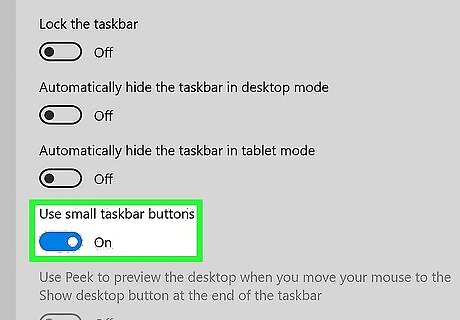
Make the taskbar icons small. If you want to make the icons in the taskbar small, use the following steps: Right-click any empty space in the taskbar. Click Taskbar settings (Properties on Windows 7 & 8) at the bottom of the pop-up menu. Click the toggle switch next to "Use small taskbar buttons."
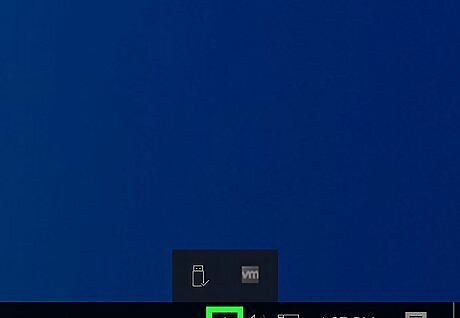
Click Android 7 Expand Less in the lower-right corner (Windows 8 & 10 only). It's the icon that resembles a bracket pointing up. This displays all the hidden mini-icons in a pop-up box. You can adjust which icons you want to be in the taskbar or in the hidden icons box by clicking and dragging icons from the taskbar to the hidden icons box, and vice-versa. This allows you to move some icons off of the taskbar, creating more space in the taskbar.
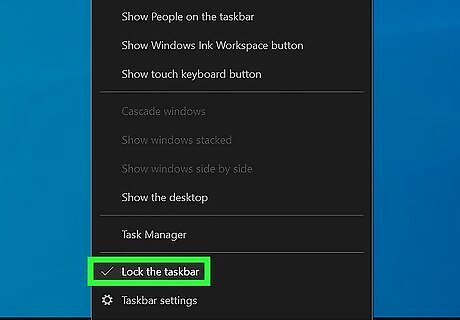
Lock the taskbar again. At this stage, you may lock the taskbar again if you wish. To do so, right-click any empty space on the taskbar and click Lock the taskbar.




















Comments
0 comment